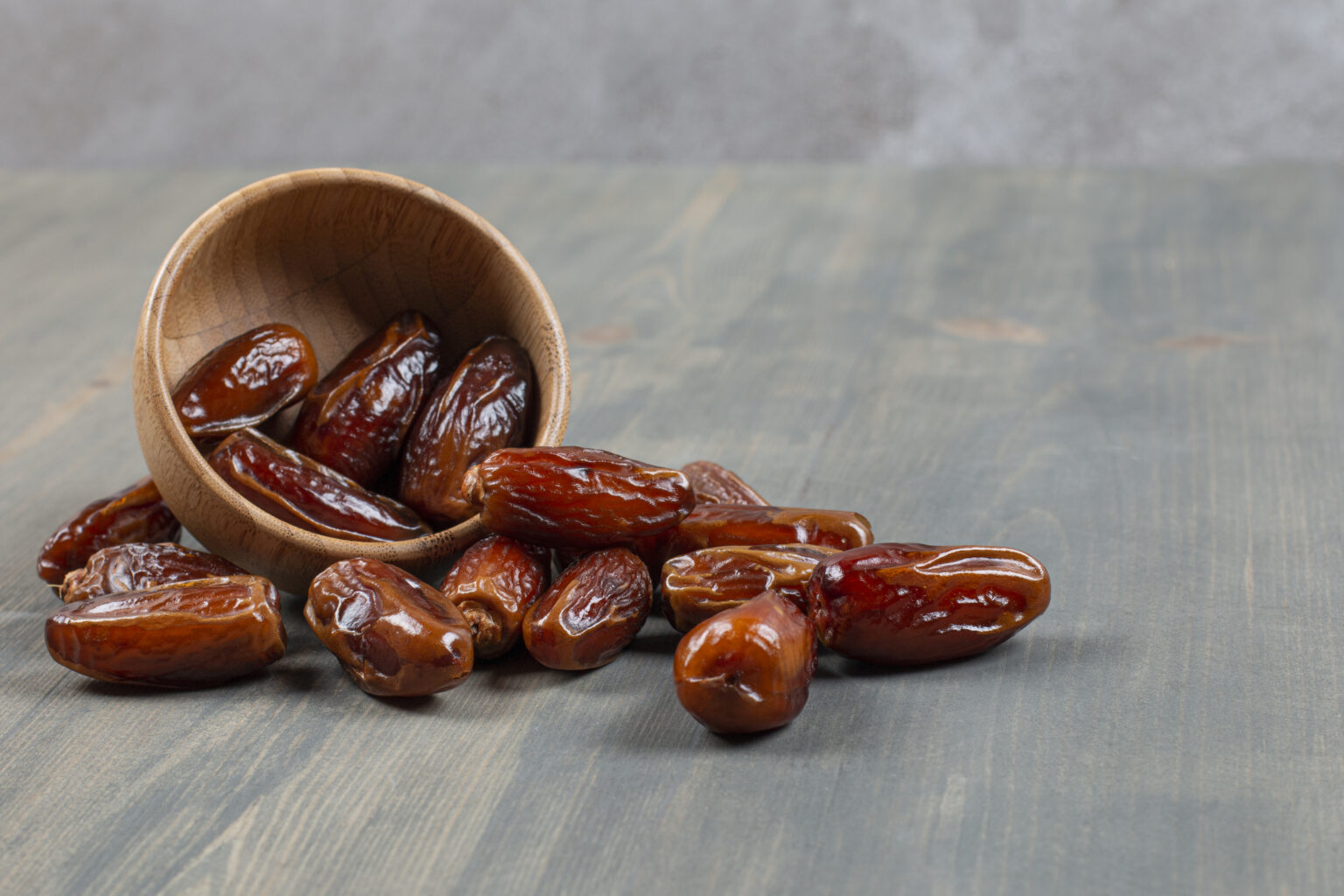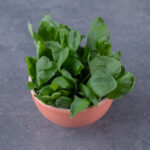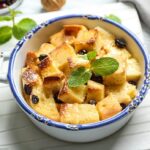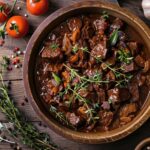Libya, a North African country with a rich history and diverse cultural influences, boasts a delectable cuisine that reflects its unique blend of Mediterranean, Arab, and Berber flavors. Libyan cuisine is characterized by the use of aromatic spices, fresh ingredients, and traditional cooking techniques. In this article, we will embark on a gastronomic journey to explore Libya’s top 10 most eaten foods, offering a glimpse into the country’s culinary treasures.
- Couscous: Couscous holds a prominent place in Libyan cuisine. This staple food is made from semolina grains that are steamed until fluffy and served with a variety of savory stews, such as lamb or vegetable tagines. Couscous is the centerpiece of many Libyan meals and is a testament to the country’s Berber culinary heritage.
- Bazeen: Bazeen is a traditional Libyan dish that dates back centuries. It is a thick porridge made from a mixture of barley and wheat flour, kneaded with water and salt. Bazeen is typically served with a lamb or beef stew and enjoyed as a hearty and filling meal, particularly during festive occasions.
- Shakshuka: Shakshuka is a popular breakfast dish in Libya and other Mediterranean countries. It consists of poached eggs cooked in a rich tomato sauce with onions, bell peppers, and aromatic spices such as cumin and paprika. Shakshuka is often accompanied by freshly baked bread, making it a delightful and satisfying start to the day.
- Harissa: Harissa is a fiery chili paste that adds a burst of flavor to many Libyan dishes. Made from a combination of roasted red peppers, garlic, spices, and olive oil, Harissa is used as a condiment or marinade for meats and vegetables. Its spicy and smoky notes contribute to the distinct taste of Libyan cuisine.
- Mbakbka: Mbakbka is a traditional Libyan soup that features a combination of vegetables, legumes, and meat. Typically made with lamb, Mbakbka incorporates ingredients such as chickpeas, potatoes, carrots, and tomatoes, creating a flavorful and nourishing dish. It is often enjoyed with bread or couscous.
- Mashawsha: Mashawsha is a hearty dish commonly consumed in Libya. It consists of bread soaked in a flavorful broth made with tomato sauce, olive oil, garlic, and spices. The bread absorbs the delicious flavors, resulting in a satisfying and comforting meal that is often garnished with hard-boiled eggs and fresh herbs.
- Grilled Lamb: Grilled lamb is a popular choice for meat lovers in Libya. Marinated with a combination of spices, including cumin, coriander, and garlic, the tender lamb is grilled to perfection, imparting a smoky and succulent flavor. It is often served with couscous, rice, or bread, accompanied by a side of fresh salad.
- Aseeda: Aseeda is a traditional Libyan dessert enjoyed on special occasions. It is made from a mixture of cooked flour, butter, and honey, resulting in a dense and sweet pudding-like consistency. Aseeda is often flavored with rosewater or orange blossom water and topped with nuts, making it a delightful and indulgent treat.
- Libyan Tea: Libyan Tea, known as “Shai Libya,” is a customary drink enjoyed throughout the country. It is a strong black tea infused with fresh mint leaves and sweetened with sugar. The tea is poured from a height to create a frothy layer and is often served in small glasses, accompanied by dates or pastries.
- Dates: Dates hold a special place in Libyan cuisine and are a staple ingredient in many dishes and desserts. These sweet and nutritious fruits are consumed fresh or dried and are often enjoyed as a snack, paired with cheese, or incorporated into various traditional desserts.
Libyan cuisine offers a captivating blend of flavors, reflecting the country’s rich cultural heritage and diverse influences. From the comforting Couscous and Bazeen to the fiery Harissa and refreshing Libyan Tea, each dish tells a story and invites you to savor the essence of Libya. Exploring the top 10 most eaten foods in Libya provides a tantalizing glimpse into the nation’s culinary treasures, beckoning both locals and visitors to indulge in the vibrant and delectable flavors of this North African gem.








